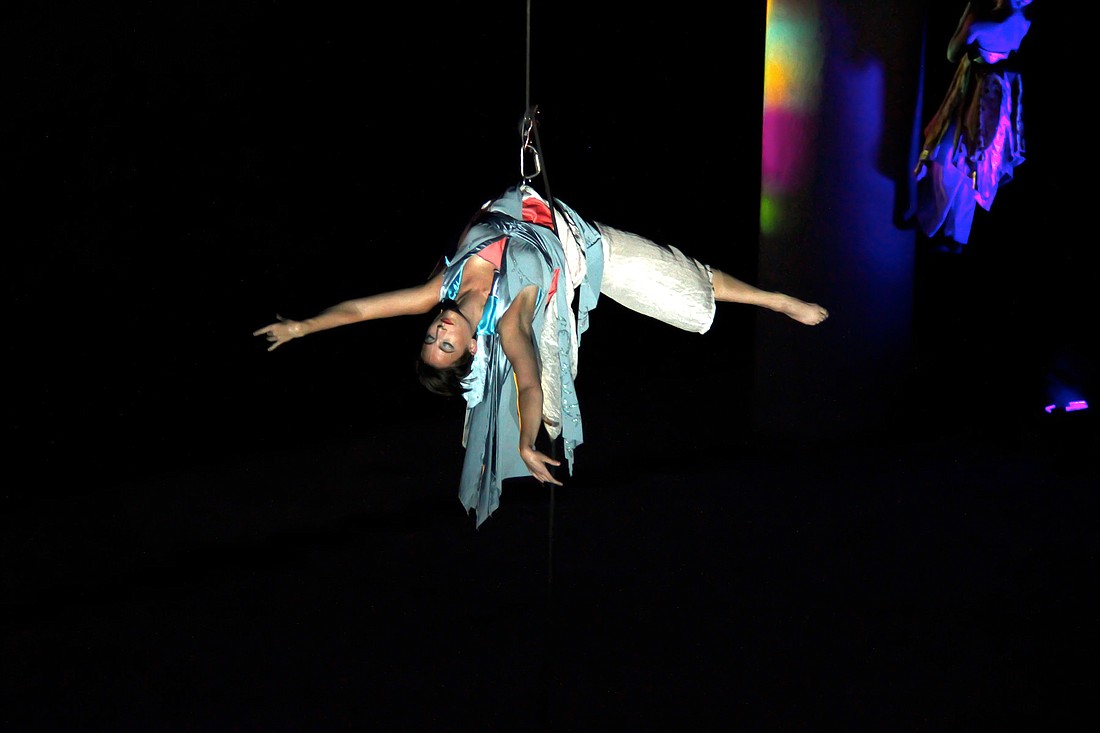- April 18, 2024
-
-
Loading

Loading

As she prepared for her August 2001 graduation from the University of Central Florida, Kate Arpke Houle faced many more life transitions than your average college senior. For starters, she had a fiancé, with whom she would be merging her ambitions and routines. She also had a new diagnosis that would impact every remaining day of her life: type 1 diabetes, commonly known as juvenile diabetes, an autoimmune disorder.
In June 2001, Houle displayed warning signs — frequent urination, extreme thirst and blurry vision — and, at the urging of a diabetic friend, tested her blood sugar. The results scared her friend, who sent Houle to the hospital.
“That’s where she called us, and this journey began,” said her mother, D’Arcy Arpke, who owns Euphemia Haye Restaurant with her husband, Ray.
“I was sickened,” Arpke said. “I didn’t know much about the disease, but feared it could shave years off her life and prevent her from doing things she loved.”
What the Arpkes learned: although a constant reality for Houle (in the last 11 years, she’s given herself more than 33,580 finger pricks and 12,593 shots of insulin), type 1 diabetes doesn’t prohibit an active lifestyle. A former Ski-A-Rees performer, Houle now skis for Sea World, in Austin, Texas, and has added aerial acrobatics to her repertoire. She also teaches yoga and plays in a rock band.
“Kate’s researched the disease extensively, and she takes good care of herself. Still, there is no cure and there’s much more to learn,” Arpke said, explaining why she hosts the Team Euphemia Haye walk, now in its 11th year, which benefits the Juvenile Diabetes Research Foundation, one of Forbes’ five “All Star Charities” of 2012.
“For people looking for a good place to invest their money, this is a well-run organization with a lot of credibility,” Arpke said of JDRF, which spends 94 cents of every dollar directly on research.
JOIN TEAM EUPHEMIA HAYE
What: 5K walk (or “distance of your choice,” said organizer D’Arcy Arpke)
When: 9 a.m. Saturday, April 20
Where: Joan Durante Park, 5550 Gulf of Mexico Drive
Register at http://walk.jdrf.org and click “join this team.”
Type 1 diabetes and its many misconceptions
D’Arcy Arpke hears many misinformed questions regarding her daughter’s health, including, “Is she over junior diabetes yet?” and “How much sugar did she eat as a kid?” Here are a few of the most common type 1 diabetes myths. Find more facts at jdrf.org.
Myth 1: Insulin cures diabetes.
Reality: Insulin keeps people with diabetes alive by temporarily lowering blood sugar.
Myth 2: Diabetics should never have sweets.
Reality: Limiting sweets helps people with type 1 diabetes keep their blood sugar regulated, but sugar is safe in moderation. At times, sweets are a must: If a diabetic’s blood sugar level drops too low, sweets can raise it and prevent hypoglycemia, which can causes seizures, a coma or death.
Myth 3: Only kids get type 1 diabetes.
Reality: Type 1 diabetes, commonly known as “juvenile” diabetes, is often diagnosed in children or teenagers, but it can develop at any age. Adults make up approximately 50% of the 30,000 people diagnosed each year.